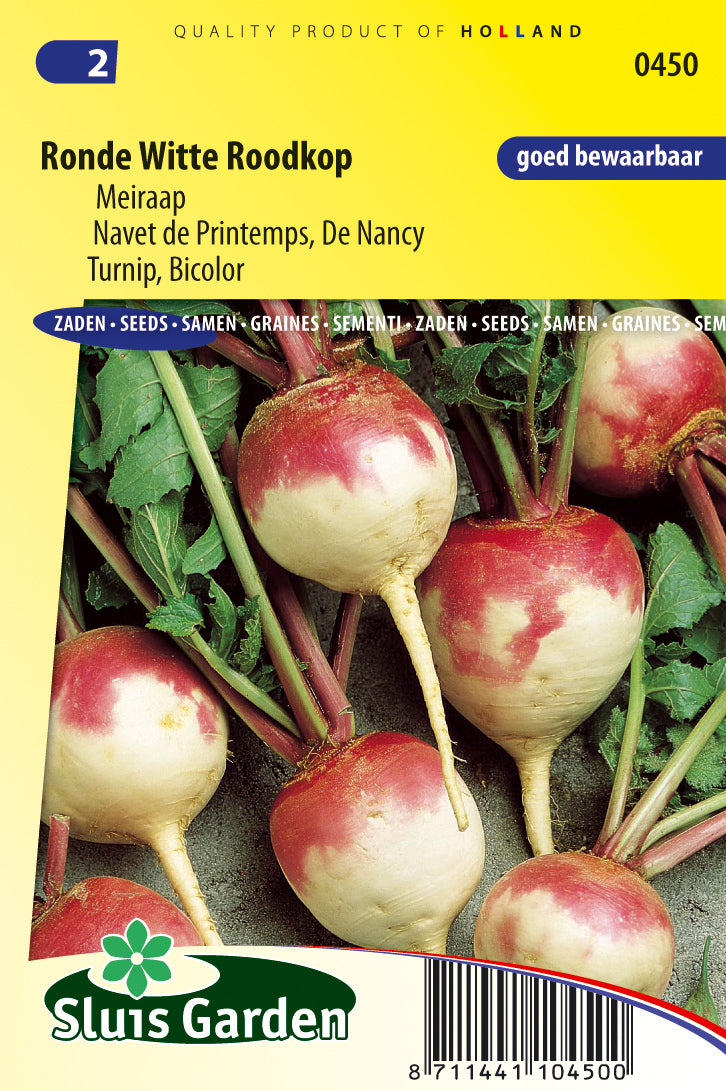Turnip Bicolor, De Nancy
Turnip Bicolor, De Nancy
Couldn't load pickup availability
Turnip Bicolor, De Nancy
Growing Turnip Bicolor, De Nancy, can be a rewarding experience. Here’s a guide to help you cultivate Bicolor Turnips successfully:
1. Choosing Seeds: Select high-quality Turnip Bicolor, De Nancy seeds from a reliable source.
2. Planting Time: Plant turnip seeds directly in the garden in early spring or late summer. Turnips thrive in cool weather.
3. Soil Preparation: Choose well-draining soil rich in organic matter. Turnips prefer a slightly acidic to neutral pH (around 6.0 to 7.0).
4. Planting Seeds: Sow turnip seeds about 1/4 to 1/2 inch deep and space them according to the recommended distance on the seed packet.
5. Thinning: Once the seedlings emerge, thin them to allow proper spacing, typically 3-4 inches apart. Crowded plants can result in smaller turnips.
6. Sunlight: Ensure the turnip plants receive at least 6 hours of sunlight per day. They can tolerate partial shade but prefer full sun.
7. Watering: Keep the soil consistently moist, especially during dry spells. Water at the base of the plants to avoid wetting the foliage.
8. Fertilization: If the soil lacks nutrients, you can apply a balanced fertilizer before planting. Follow the recommended guidelines on the fertilizer packaging.
9. Mulching: Apply a layer of mulch around the turnip plants to retain soil moisture and suppress weed growth.
10. Pest and Disease Management: Keep an eye out for common pests like flea beetles. Consider using row covers or natural insecticides if necessary. Turnips are generally resistant to many diseases.
11. Harvesting: Harvest turnips when they reach the desired size, usually 2-3 inches in diameter. Younger turnips are more tender and have a milder flavor. Harvest the entire plant, including the greens.
12. Successive Planting: For a continuous harvest, consider planting turnip seeds in successive batches every few weeks.
13. Storage: Store harvested turnips in the refrigerator. Trim the greens, leaving about an inch of the stem attached to the turnip, and store them separately.
14. Culinary Use: Turnips can be enjoyed raw in salads, roasted, or added to soups and stews. The greens are also edible and can be cooked like spinach or used in salads.
15. Overwintering (Optional): In regions with mild winters, you may be able to leave turnips in the ground for an extended harvest. Apply a layer of straw or mulch for protection.
By following these guidelines, you can grow flavorful and nutritious Turnip Bicolor, De Nancy, in your garden. Adjust care based on your local climate and growing conditions. Enjoy your homegrown turnips!
Share

